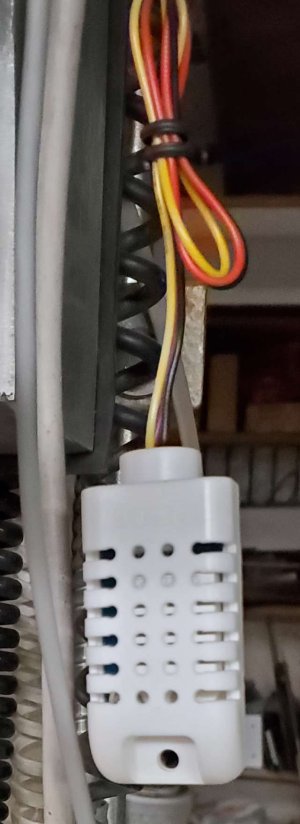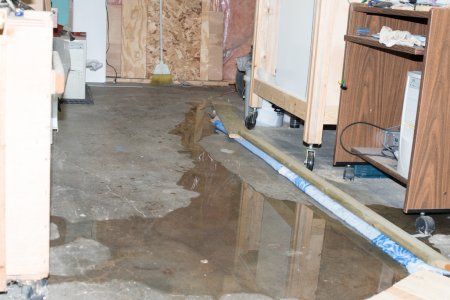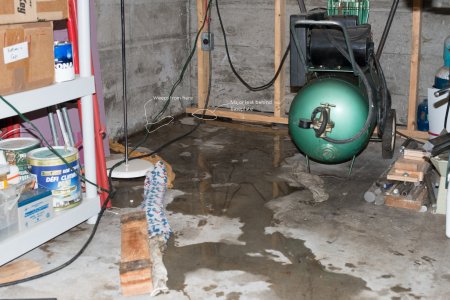Tom Kitta
Ultra Member
Imagine he drills 10ft away and water squirts out like a fountain!
What could have happened is combination of things, not just one, for example, drain was getting clogged more and more, it rained causing water saturation. Both together are now causing the issue. Or maybe even more things, such as some extra dirt etc.
What could have happened is combination of things, not just one, for example, drain was getting clogged more and more, it rained causing water saturation. Both together are now causing the issue. Or maybe even more things, such as some extra dirt etc.



